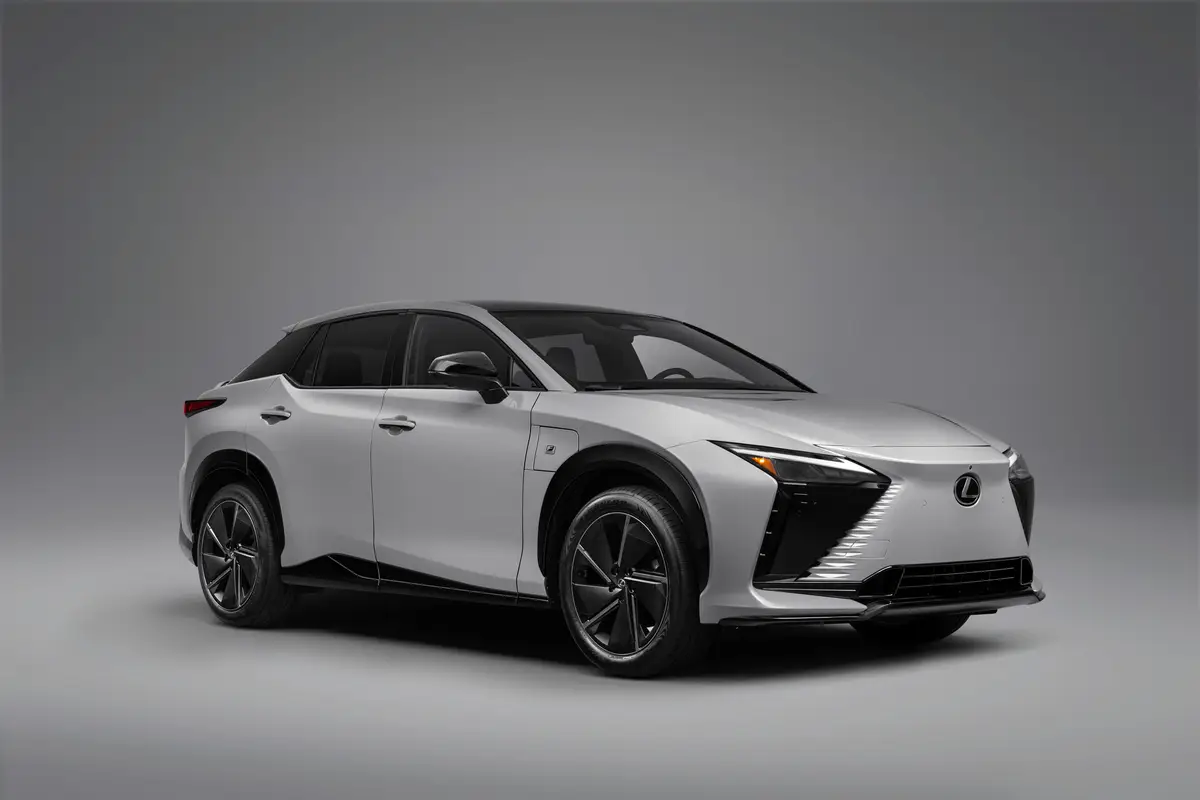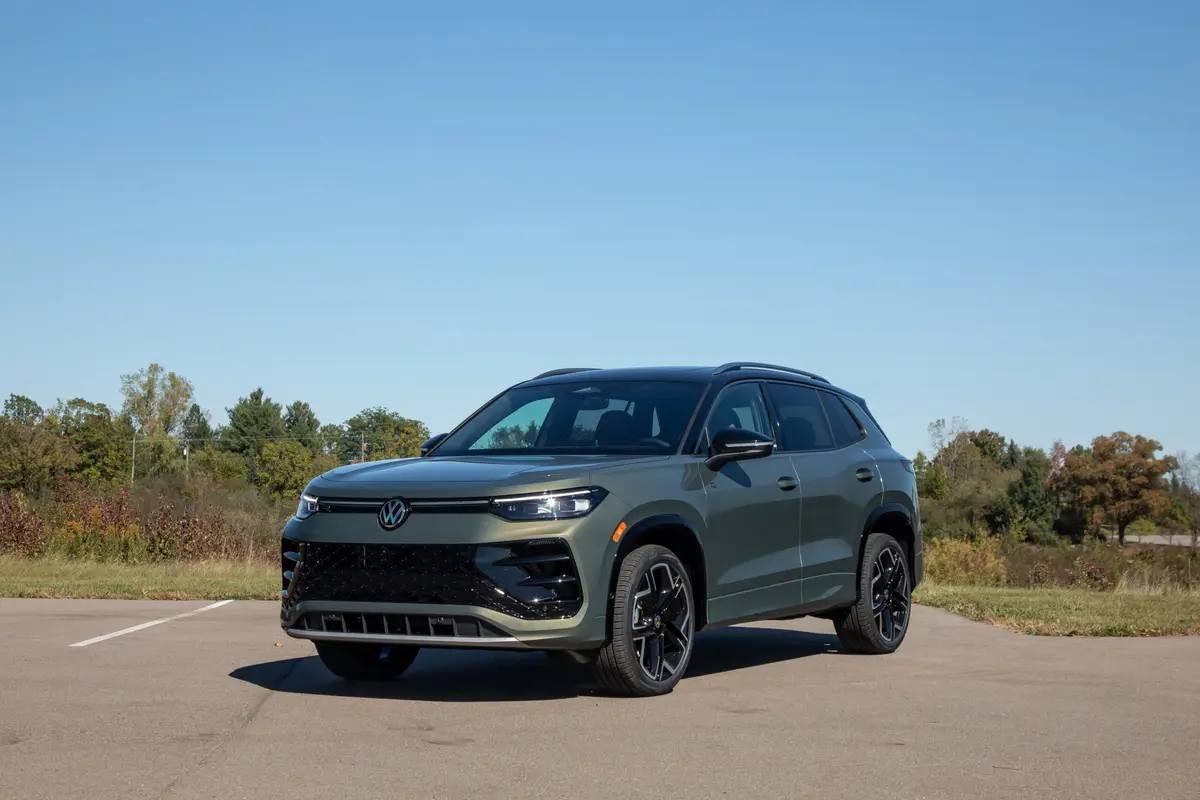washingtonpost.com's view
Eccentrics have groupies but lack mass-market appeal. That’s okay for artists and poets. They can be sustained by small groups of ardent devotees. But it’s not so good for cars and car companies, whose enormous development and production costs require support from larger audiences.
Saab makes cars. Saab’s corporate parent, General Motors Corp., needs to make money. GM has no choice. Its investors want cash, not verse.
Thus we have the beginning of the end of the quirky, eccentric Saab motorcar. Welcome the completely reworked 2003 Saab 9-3 Sport Sedan — a Saab for the masses that reaches for the upper classes.
If you find that confusing, consider the concept of “entry-level luxury,” or ELL, which has been in vogue in the auto industry for nearly a decade. ELL is based on the idea that no one wants to be poor but everyone can’t be rich. The ELL strategy is to offer as much rich stuff as possible at a price that will attract buyers who are on the road to wealth but haven’t yet arrived. Think of mid-level congressional and White House aides.
Saab puts it this way: “The new Saab 9-3 is for modern, youthful professionals who are independent thinkers. They want a great driving experience and a car that sets them apart from the mainstream.” Catchy. But that description minimizes the Odd Factor.
Let’s face it. Being odd doesn’t help when you’re trying to climb corporate, political or social ladders, and it isn’t helping Saab in its campaign to boost its annual global sales from 130,000 cars to 200,000-plus. Connection with the mainstream is needed to reach that goal. The trick is to be a part of the mainstream while appearing to live outside of it, or ahead of it. The aim is to seem different while not being different at all — sort of like the major political parties.
The new Saab 9-3 does an excellent job of exploiting the perception of difference while simultaneously jettisoning every bit of its truly different, market-limiting quirkiness — with the lone exception of a floor-mounted ignition lock, which remains. It is a marvelous act of subterfuge performed with the help of talented engineering and deft styling.
For example, you can argue that the new Saab 9-3 is no more a “sport sedan” (an odd concept in itself) than the 260-horsepower Acura TL/Type-S, the 184-hp BMW 325i or the 260-hp Infiniti G35. The tested Saab 9-3, the base Linear version, has a 175-hp rating, and the more upscale Arc and Vector Saab 9-3 models run with a 210-hp turbocharged four-cylinder engine.
But horsepower is only one performance measure. Saab’s engineers increased the rigidity of the new 9-3’s frame, cut nearly 300 pounds from its overall weight and installed a four-link rear suspension system that allows passive rear-wheel steering. The result is a car that feels more competent on the road than many of its entry-level rivals, including the BMW 325i.
Those are fighting words, I know. But before you pummel me, I suggest you go out and take your own comparison test drive. I think you’ll be surprised.
In the matter of styling, the new Saab 9-3 comes awfully close to Japanese generic automotive design, but it manages to avoid that pitfall with steeply raked front and rear windows and a traditional winged Saab grille.
The car’s interior is everything you would expect to find in a luxury car, be it entry-level or top-of-the-class. There are leather-faced seats, a leather-wrapped steering wheel, front and rear reading lamps, and other odes to affluence.
In terms of safety, the new 9-3 manages to keep pace with Volvo, Saab’s Swedish competitor, which is owned by GM’s nemesis, Ford Motor Co. Traction and stability control are standard in the 9-3, as are side and head air bags, four-wheel anti-lock brakes, and improved anti-whiplash headrests.
But Saab, leveraging the economic muscle of its par nt, offers all these goodies on its new 9-3 cars at prices below those floating in the mainstream. That makes the new 9-3 an outstanding value — a real difference that should attract more buyers.
Latest news



